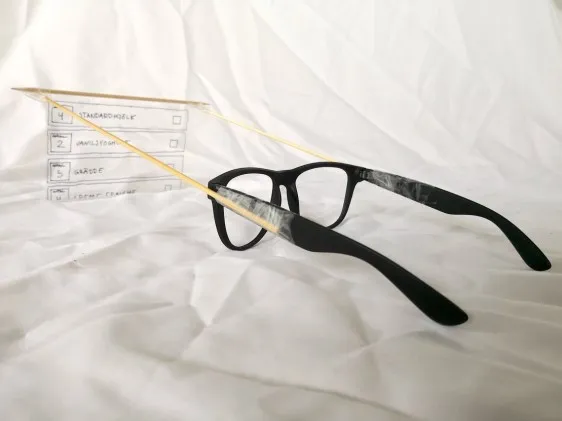This thesis investigates how gesture-driven interfaces, integrated in HMD-based (Head-Mounted Display) Augmented Reality (AR) devices can be used in the context of order picking processes in logistic warehouses as a substitute to existing solutions for visualisation and interaction with order picking lists: which hand gestures should be used? What qualities are essential for designing a successful substitute? By applying an User-Centered Design approach, generative ideation methodologies, prototyping and usability testing this research results in a contribution to a framework of design guidelines for designing gesture-driven AR in the order picking process, as well as a proposition of a gestural interaction language grounded in both earlier research and empirical findings. The empirical findings include details of the end users’ gestural interaction preferences and content-related considerations, which was implemented in a low fidelity prototype and evaluated in the contextual domain of the end users.

